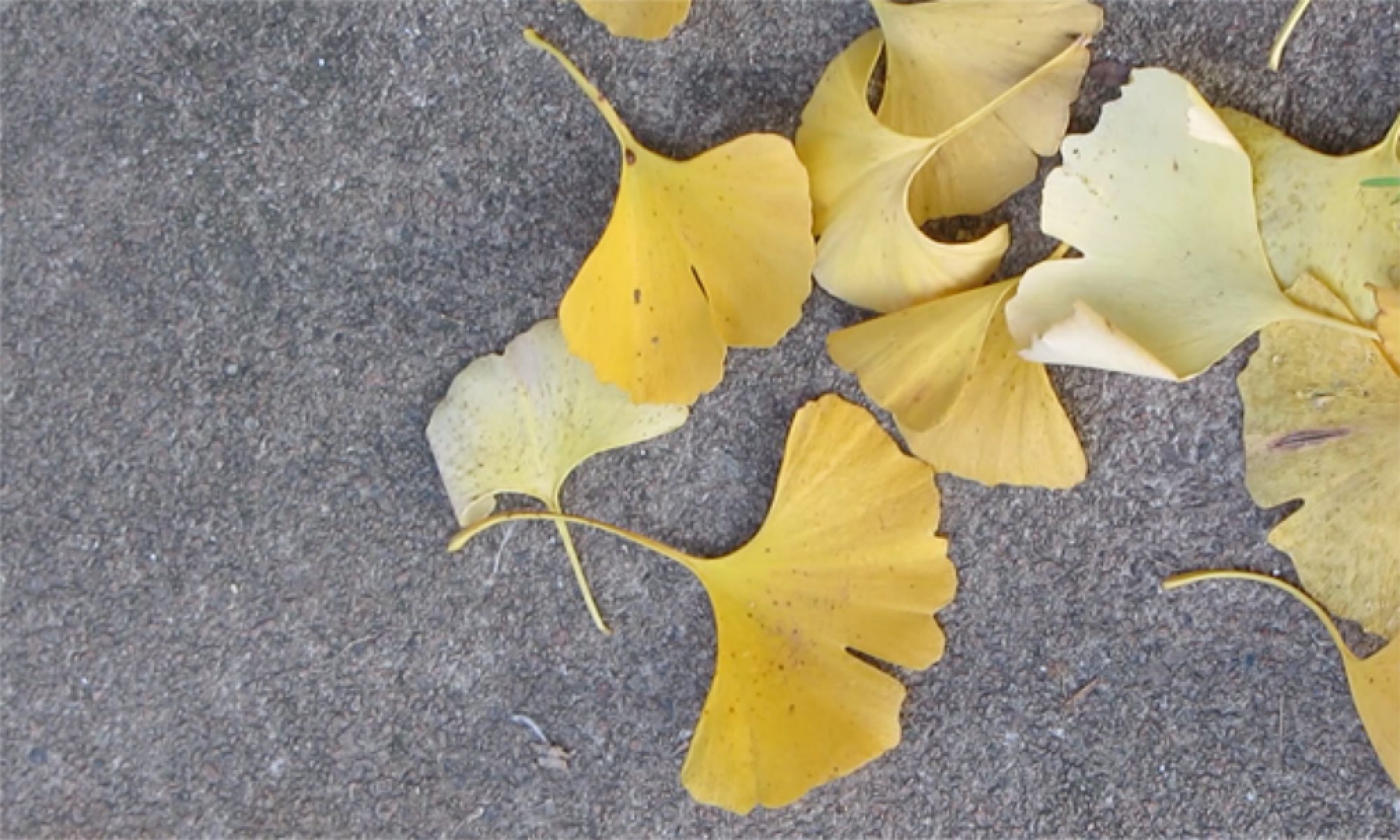This series of four sessions is an exploration into how our senses influence us in our thoughts and actions. Each session focusses on a particular sense or way of sensing and involves getting in touch with it in ourselves and experiencing how it moves us both physically and emotionally.
- SMELL AND TASTE
We start with the sense of smell as this is one of our most primitive senses and one that we use first when we are born and last when we die. It is a sense we tend to use less as humans compared with other mammals, but it is still vital to how we perceive and respond to the world around us. It is also intimately connected to our sense of taste, and we will be exploring how these two senses work together and lead into particular body movements.
You will need enough space for you to move around freely, a firm cushion for sitting on and a mat or similar for lying on.
2. SIGHT
In this session we explore how our eyes influence our movements. In our culture, sight is very much the dominant sense, providing about 90% of our sensory input. This figure has probably increased during the lockdowns when we have had to “look” more inwards and spend long periods of time with our eyes fixed on a screen! We observe how we use our eyes and how the information we receive through our eyes influences our posture and actions. We return to an important stage in our development as infants, the moment when our eyes start to work together and give us the sense of distance and depth. This is very significant in how we develop into adults, and has a huge impact on how we use our spine in movement. We also have some fun with hand to eye co-ordination, eye exercises and our mind’s eye.
You need a juggling/tennis or brightly coloured ball, a space of floor for moving on and a firm cushion for sitting on.
3. HEARING
In this session, we learn about the anatomy of our ears and how sounds are received and relayed. We explore how moving the muscles and tissues around the ears can open up this sense and then let these movements expand to include the rest of the body.
You need your mat, cushion and floor space as usual, but please also have an eyemask or blindfold/scarf on hand for covering the eyes. I suggest you put the eyemask on AFTER we have done the work around the face and neck rather than before. And we make some sounds at the end so do warn those around you!?
4. TOUCH AND BALANCE
In this final session, we use touch to explore how it brings us into the present, how it gives us a true awareness of our physical body and how it calms and focusses the mind. We explore how balance is often something we do unconsciously. We make small adjustments all the time to bring our body into balance but are often not aware that our muscles are doing this for us – either to keep us upright or to prevent us from falling. Dancers, gymnasts, climbers and divers all have to have a very confident sense of where they are in space. This is called proprioception. We experiment with this and also explore how we use this and other senses to support us as we move.
You need your yoga mat and clear floor space for moving and a firm cushion for sitting on.
